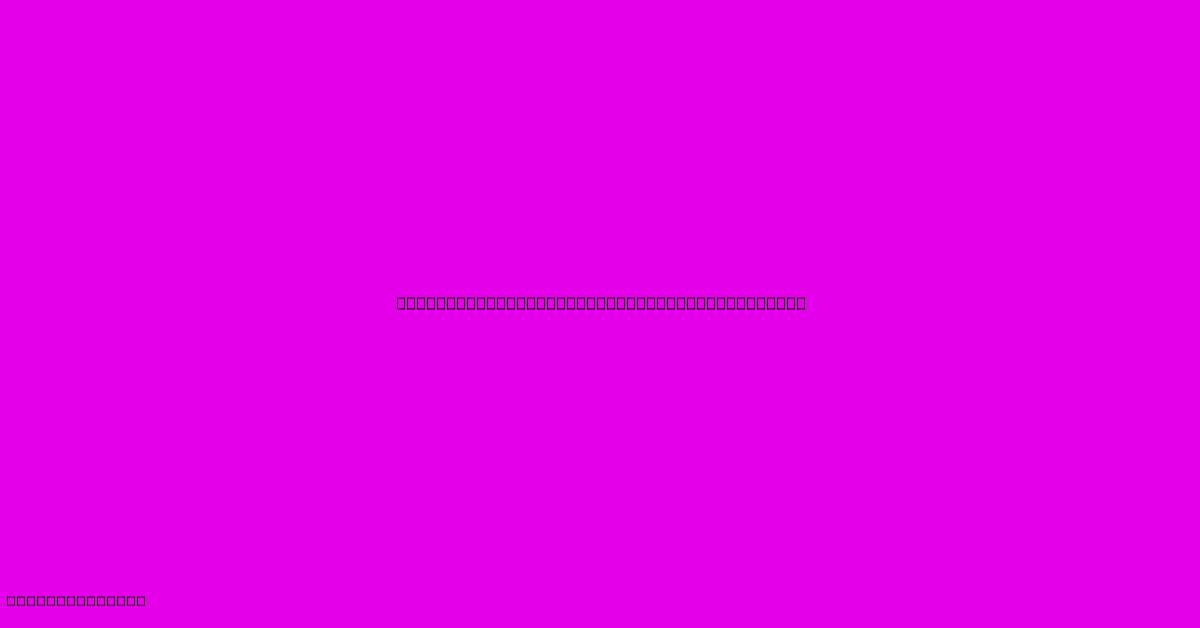Metal Additive Manufacturing Technologies

Discover more detailed and exciting information on our website. Click the link below to start your adventure: Visit Best Website mr.cleine.com. Don't miss out!
Table of Contents
Metal Additive Manufacturing: Revolutionizing Design and Production
Metal Additive Manufacturing (MAM), also known as 3D printing for metals, is rapidly transforming industries. This technology allows for the creation of complex metal parts directly from a digital design, offering unparalleled design freedom and efficiency improvements. Understanding the different MAM technologies is crucial for leveraging its potential.
What is Metal Additive Manufacturing?
MAM builds three-dimensional objects layer by layer by melting and fusing metal powders or wires. Unlike traditional subtractive manufacturing (machining), MAM avoids material waste and enables the creation of intricate geometries impossible with conventional methods. This opens doors to lighter, stronger, and more functional parts.
Key MAM Technologies:
Several processes comprise the core of MAM. Each has its strengths and weaknesses, making it suitable for different applications:
1. Selective Laser Melting (SLM) and Direct Metal Laser Sintering (DMLS):
- Process: A high-powered laser melts and fuses metal powder layer by layer according to a 3D model. SLM and DMLS are often used interchangeably, with subtle differences in the laser scanning strategy and powder bed management.
- Advantages: High precision, excellent surface finish, ability to create complex internal structures.
- Disadvantages: Relatively slow build speed, requires high-quality metal powder, sensitive to process parameters.
2. Electron Beam Melting (EBM):
- Process: An electron beam melts and fuses metal powder within a high-vacuum chamber.
- Advantages: Excellent for high-temperature alloys like titanium and nickel-based superalloys, relatively fast build speed compared to SLM/DMLS.
- Disadvantages: High initial investment cost, less precise surface finish than SLM/DMLS.
3. Binder Jetting:
- Process: A liquid binder is selectively deposited onto a bed of metal powder, binding the powder particles together. After printing, the part is debound and sintered to achieve its final strength and density.
- Advantages: Cost-effective, can handle large build volumes, suitable for various metal powders.
- Disadvantages: Lower resolution and surface finish than laser-based methods, slower overall production due to debinding and sintering steps.
4. Directed Energy Deposition (DED):
- Process: A focused energy source (laser or electron beam) melts and deposits metal wire or powder onto a substrate, building the part layer by layer.
- Advantages: Can repair or add material to existing parts, high deposition rates, suitable for large-scale parts.
- Disadvantages: Lower resolution and surface finish than other methods, requires skilled operators.
Applications of Metal Additive Manufacturing:
The versatility of MAM fuels its adoption across numerous sectors:
- Aerospace: Creating lightweight yet strong components for aircraft and spacecraft.
- Medical: Manufacturing customized implants, surgical instruments, and dental restorations.
- Automotive: Producing high-performance engine parts, lightweight body panels, and tooling.
- Energy: Developing components for turbines, fuel cells, and nuclear reactors.
- Tooling: Creating specialized tooling for manufacturing processes.
Challenges and Future Trends:
Despite its advantages, MAM faces challenges:
- Cost: The initial investment and operating costs can be high.
- Post-processing: Parts often require post-processing steps such as heat treatment and machining.
- Material selection: The range of printable metals is still expanding.
- Scalability: Scaling up production to meet high-volume demands remains a challenge.
Future trends in MAM include:
- Improved process control and automation: Increasing efficiency and reducing costs.
- Development of new materials: Expanding the range of printable metals and alloys.
- Integration with other manufacturing processes: Creating hybrid manufacturing solutions.
- Artificial intelligence (AI) and machine learning (ML): Optimizing the manufacturing process and predicting potential defects.
Conclusion:
Metal Additive Manufacturing is transforming the way we design and manufacture metal parts. Its ability to create complex geometries, reduce material waste, and enable customized designs is revolutionizing various industries. While challenges remain, ongoing advancements are paving the way for wider adoption and further innovation in this exciting field.

Thank you for visiting our website wich cover about Metal Additive Manufacturing Technologies. We hope the information provided has been useful to you. Feel free to contact us if you have any questions or need further assistance. See you next time and dont miss to bookmark.
Featured Posts
-
Technology Breakthrough Jeopardy
Jan 05, 2025
-
Advanced Technology Consultants
Jan 05, 2025
-
Freewave Technologies Inc
Jan 05, 2025
-
Integrated Behavioral Technologies Inc
Jan 05, 2025
-
Alpha Research And Technology
Jan 05, 2025
